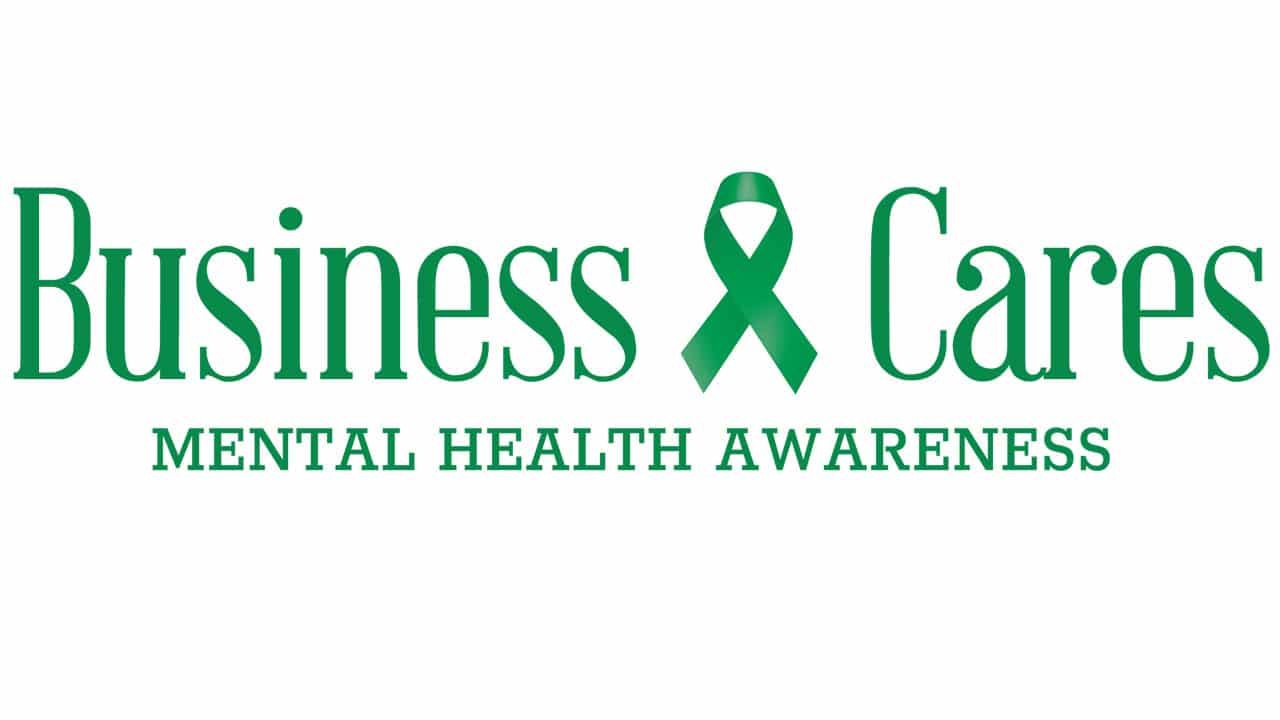New ‘safe harbor’ rules pay off for businesses
There are, however, several drawbacks to 401(k) plans. Time-consuming and expensive “non-discrimination testing” must be performed to ensure compliance with the Internal Revenue Code. When plans fail certain of these tests, employers must either make unexpected decreases in, or returns of, elective or matching contributions or make costly additional employer contributions.
Both actions create administrative headaches and employee dissatisfaction. Furthermore, the tests often result in the inability of small businesses to provide an adequate retirement benefit to higher paid employees or owners if lower paid employees do not participate adequately.
In 1996 Congress set out to simplify the operation of 401(k) plans by enacting the 401(k) “safe harbor” rules, which, beginning this year, allow employers to avoid the plan testing requirements and to provide a greater benefit to higher paid employees or owners.
SPONSORED CONTENT
Business Cares: May 2024
As Mental Health Awareness Month unfolds in Colorado, it serves as a reminder of the collective responsibility to prioritize mental well-being.
In order to implement the new safe harbor rules, employers must adopt one of the two following contribution methods. They must make an annual non-elective contribution of at least 3 percent of compensation for each eligible plan participant (whether or not elective contributions are made by the participant) or make a matching contribution equal to 100 percent of each participant’s elective contributions – up to 3 percent of their compensation and 50 percent of each participant’s elective contributions between 3 percent and 5 percent of their compensation (other comparable matching formulas also are allowable under the safe harbor rules).
Once the employer fulfills one of the safe harbor contribution methods, employees are free to defer the maximum amounts allowed under the plan without being limited by the amount that other employees choose to defer.
Example: A small business owned by A and B maintains a 401(k) plan. In the current plan year, two employees, C and D, receive annual compensation of $20,000 and elect to defer 2 percent of their compensation, or $400, each. A and B, who receive annual compensation of $100,000, want to defer as much compensation as possible.
The non-discrimination tests permit A and B to defer only 4 percent, or $4,000, each, given the 2 percent deferrals of C and D. However, assume that A and B decide to make non-elective contributions of 3 percent to every employee under the safe harbor rules. The non-discrimination tests are deemed to be satisfied, and then A and B can defer $10,0000 each, in addition to their $3,000 in 3 percent non-elective contributions. The net result is that for a “cost” of $1,200 (the 3 percent contributions for C and D), A and B can each defer $9,000 more than they could have under the tests.
As the example illustrates, the safe harbor rules allow business owners to defer their compensation at substantially higher rates than they could under the nondiscrimination tests. The other benefit of using the safe harbor rules – saving the administrative costs of nondiscrimination testing – sweetens the deal for business owners.
Plans utilizing the 401(k) safe harbor provisions soon will be commonplace as employers realize the attendant benefits of plan simplicity and flexibility. All employers, and particularly small-business owners, should reconsider their current plan choices and determine if the safe harbor rules would be advantageous for them.
Dan Lacomis is a lawyer with Boulder-based McNally and Bowers Attorneys PC, which specializes in tax law.
There are, however, several drawbacks to 401(k) plans. Time-consuming and expensive “non-discrimination testing” must be performed to ensure compliance with the Internal Revenue Code. When plans fail certain of these tests, employers must either make unexpected decreases in, or returns of, elective or matching contributions or make costly additional employer contributions.
Both actions create administrative headaches and employee dissatisfaction. Furthermore, the tests often result in the inability of small businesses to provide an adequate retirement benefit to higher paid employees or owners if lower paid employees do not participate adequately.
In 1996 Congress set out to simplify the operation of 401(k)…
THIS ARTICLE IS FOR SUBSCRIBERS ONLY
Continue reading for less than $3 per week!
Get a month of award-winning local business news, trends and insights
Access award-winning content today!

